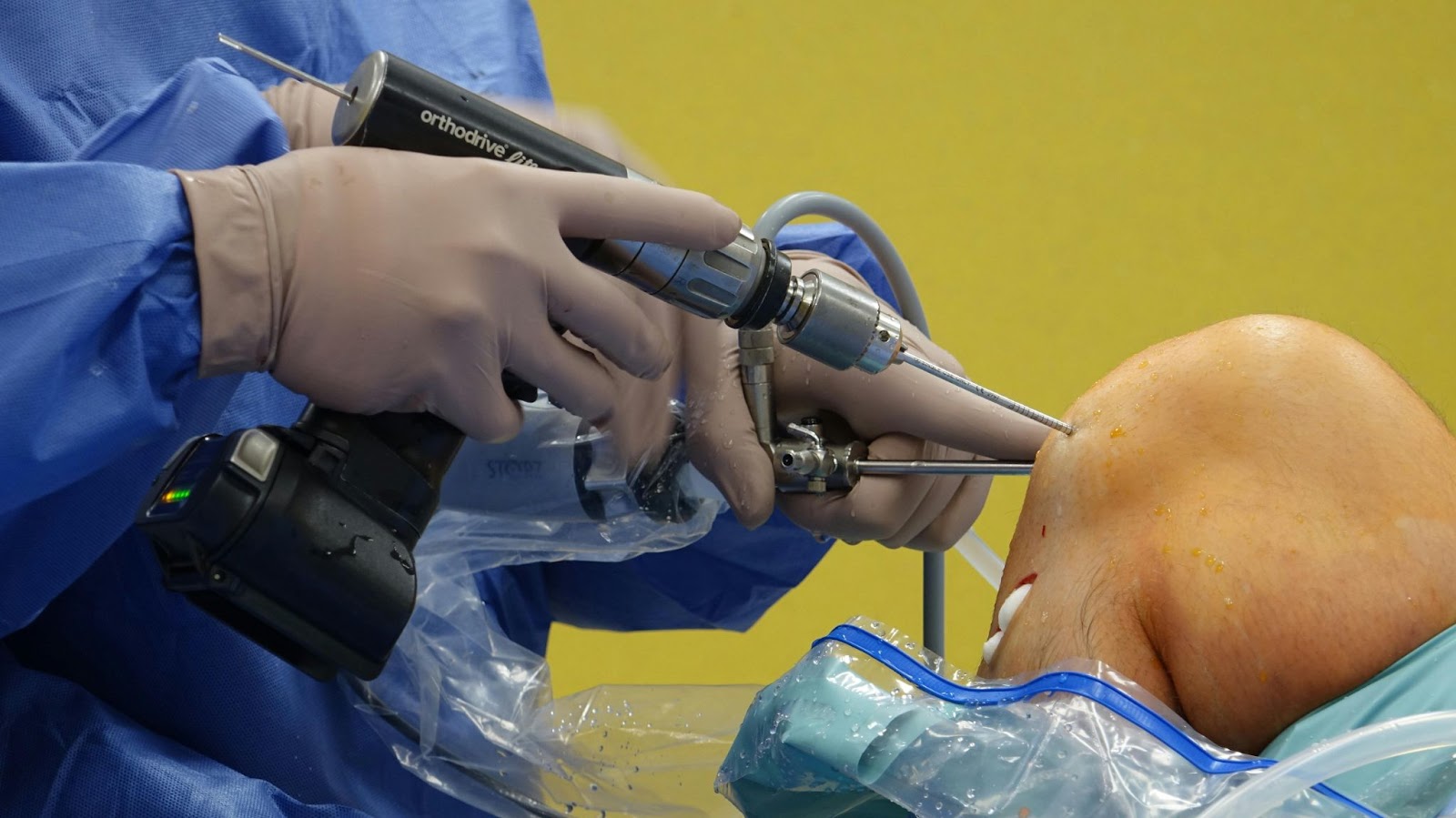Knee replacement surgery, or knee arthroplasty, is a procedure designed to relieve chronic knee pain and improve mobility in individuals with severe arthritis, joint degeneration, or injury. The surgery involves replacing damaged portions of the knee joint with artificial implants, restoring movement and reducing pain.
As people age or experience continuous wear and tear in their knee joints, conditions such as osteoarthritis, rheumatoid arthritis, and post-traumatic arthritis can lead to restricted movement. When medications, lifestyle changes, and physical therapy no longer provide relief, doctors may recommend knee replacement surgery to improve quality of life.
This guide will take you through the total knee arthroplasty steps, from preparation to recovery, ensuring you understand what to expect.
1. Understanding Knee Replacement Surgery
Knee replacement surgery involves replacing a damaged knee joint with a prosthetic implant. The two primary types of knee replacement surgeries are:
- Total knee arthroplasty (TKA): The entire knee joint is replaced.
- Partial knee replacement: Only the affected part is replaced.
Minimally invasive knee replacement is a newer technique that uses smaller incisions, leading to quicker recovery. The choice of surgery depends on factors like age, severity of damage, and overall health.
2. Preparing for Knee Replacement Surgery
Proper preparation ensures a successful knee replacement surgery and smooth recovery. It starts with a medical evaluation, including imaging tests like X-rays or MRIs. Patients are advised to improve their overall health by maintaining a balanced diet, managing conditions like diabetes or hypertension, and doing light exercises to strengthen muscles.
Preparing the home by installing safety rails and arranging for assistance also helps ensure a comfortable recovery period.
3. Step-by-Step Knee Replacement Surgery Procedure
The procedure begins with hospital admission, followed by administering general or spinal anesthesia. Once the patient is sedated, the surgeon makes an incision over the knee to access the damaged joint. The worn-out cartilage and bone are carefully removed, and the artificial knee implant is positioned for optimal alignment.
The prosthetic components, made of metal and medical-grade plastic, are secured using bone cement or a press-fit technique. After verifying stability and movement, the incision is closed, and a sterile dressing is applied. The procedure typically takes 1-2 hours.
4. Immediate Post-Surgery Recovery & Hospital Stay
After surgery, patients are moved to a recovery room for monitoring and pain management. Gentle movement is encouraged within hours to prevent complications like blood clots.
Physical therapy usually begins the day after surgery to improve mobility. Most patients stay in the hospital for 2–3 days, depending on progress. Doctors provide guidance on wound care, medications, and using assistive devices like walkers or crutches.
5. Knee Replacement Surgery Recovery at Home
Recovery at home requires patience and adherence to rehabilitation guidelines. Physical therapy is crucial for regaining strength and flexibility, with exercises like gentle knee bends, leg lifts, and short walks.
Pain management includes prescribed medications, ice therapy, and elevating the leg to reduce swelling. A diet rich in protein and calcium supports healing. Most patients resume daily activities within 6–8 weeks, but full recovery can take several months.
6. Risks and Complications of Knee Replacement Surgery
As with any major procedure, knee replacement surgery carries certain risks. Common risks include infection, blood clots, nerve damage, and implant loosening. Some patients may experience stiffness or persistent pain.
Complications can arise due to improper post-operative care or pre-existing conditions like diabetes. Warning signs such as severe swelling, fever, or difficulty moving the knee should be reported to a doctor immediately. Following medical advice and prescribed exercises helps reduce risks and ensures smooth recovery.
7. Success Rate & Long-Term Outcomes of Knee Replacement Surgery
The success rate of knee replacement surgery is high, with over 90% of patients experiencing significant pain relief and improved mobility. Modern implants last 15–20 years, making the procedure a long-term solution for chronic knee pain.
Factors like following physical therapy, maintaining a healthy weight, and avoiding high-impact activities contribute to long-term success. Most patients resume low-impact exercises like swimming or cycling within months. Regular follow-ups with an orthopedic surgeon ensure the implant remains functional and complications are addressed early.
8. Cost of Knee Replacement Surgery
The cost of knee replacement surgery varies based on hospital facilities, surgeon expertise, implant type, and location. In India, the cost typically ranges between ₹1.5 lakh to ₹5 lakh, depending on whether it’s a total or partial knee replacement.
Additional expenses include pre-surgery tests, hospital stays, post-operative physiotherapy, and medications. Many insurance policies cover knee replacement, so checking coverage with your provider is essential. Government schemes and financial assistance programs can help reduce costs.
9. Conclusion
Knee replacement surgery is a transformative procedure that restores mobility and eliminates chronic pain. Understanding the knee replacement surgery procedure, risks, and recovery process helps patients make informed decisions. With advancements in medical technology and expert surgical care, success rates continue to improve.
According to Dr. Laghuvendu Shekhar, a leading orthopedic expert, following post-surgery rehabilitation and maintaining a healthy lifestyle are key to long-term success. By choosing the right surgeon and adhering to recovery guidelines, patients can regain independence and enjoy an active, pain-free life.









